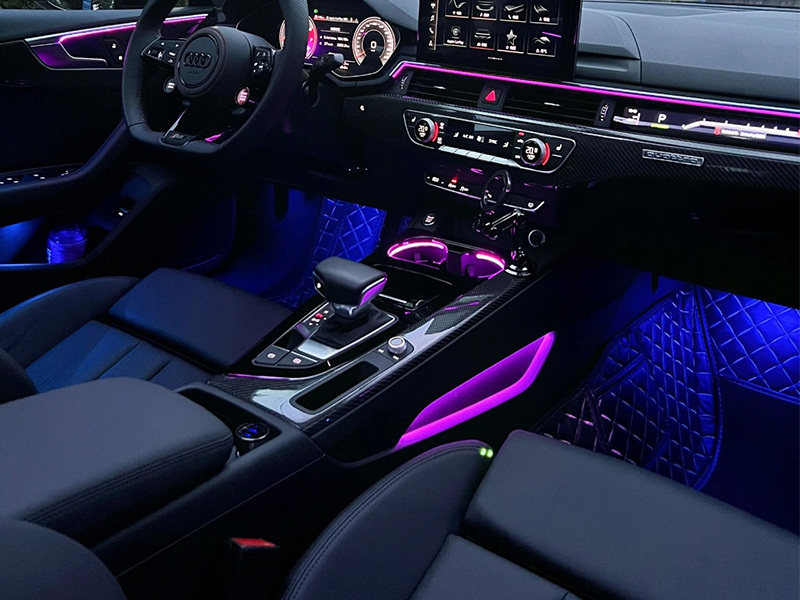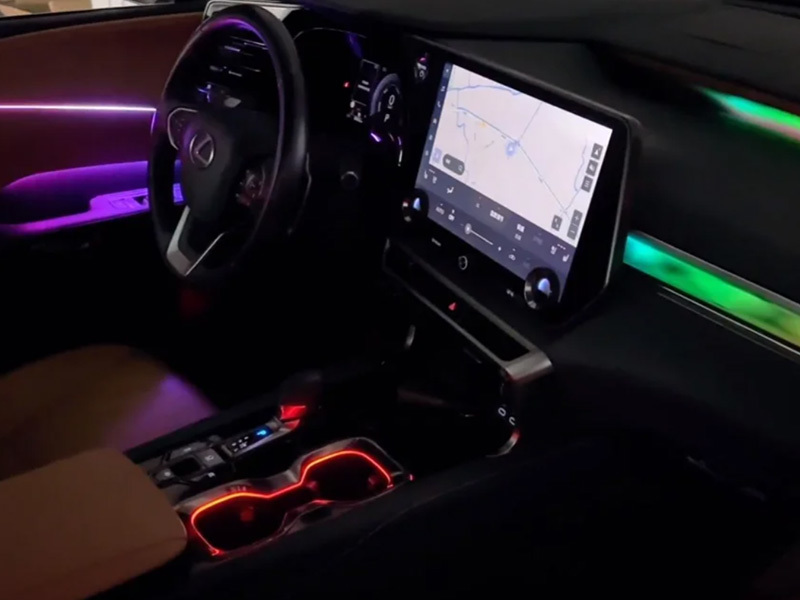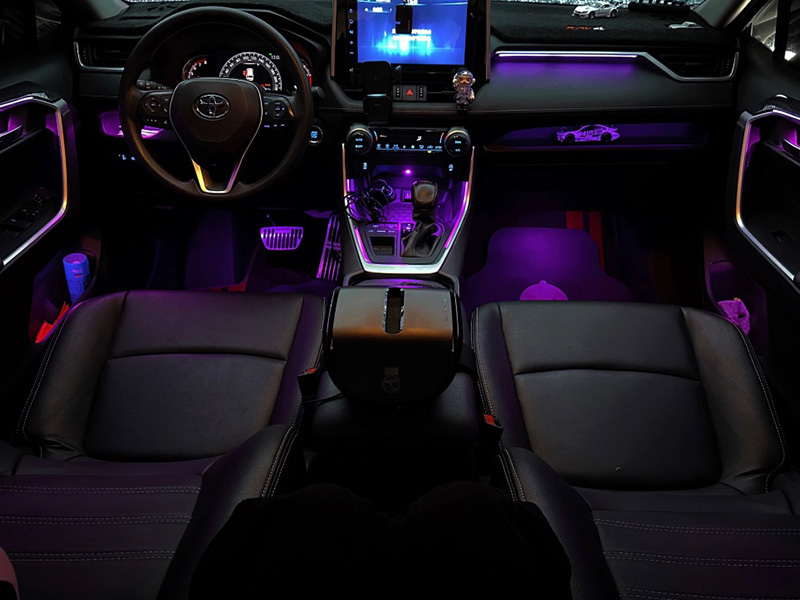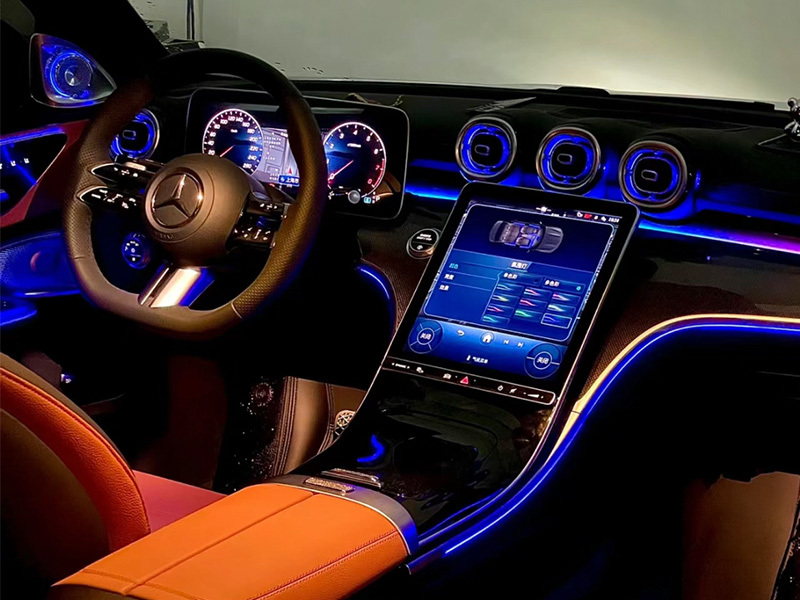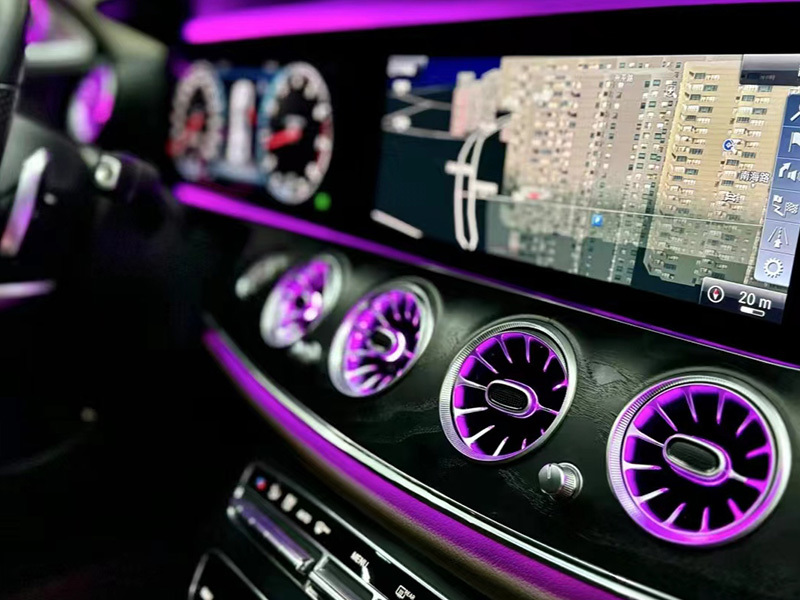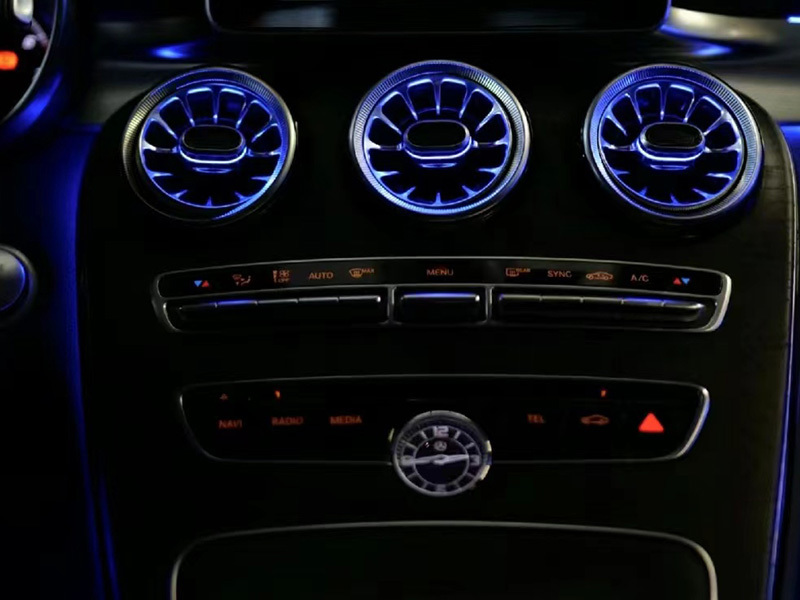How to Choose Between Different High-Fidelity 4D Tweeter Models: A Comprehensive Guide
Release time:
2025-04-27
How to Choose Between Different High-Fidelity 4D Tweeter Models Understanding 4D Tweeters and Their Importance in Audio Systems High-fidelity audio systems require components that reproduce sound with exceptional clarity and realism. One of the critical components in achieving this is the tweeter. **4D tweeters** stand out for their ability to deliver high-frequency sounds effectively, creatin

How to Choose Between Different High-Fidelity 4D Tweeter Models
Understanding 4D Tweeters and Their Importance in Audio Systems
High-fidelity audio systems require components that reproduce sound with exceptional clarity and realism. One of the critical components in achieving this is the tweeter. **4D tweeters** stand out for their ability to deliver high-frequency sounds effectively, creating an immersive listening experience. Understanding their significance is the first step in choosing the right model.
The Role of Tweeters in Audio Systems
Tweeters are responsible for reproducing high-frequency sounds, typically above 2,000 Hz. This includes the crisp notes of cymbals, the brilliance of strings, and the clarity of vocals. In a high-fidelity setup, the quality of the tweeter can significantly affect the overall sound profile, making it essential to choose wisely.
What Does "4D" Mean in Tweeter Technology?
The term "4D" refers to the advanced technology employed in these tweeters, which often includes features like enhanced spatial imaging and dynamic sound reproduction. This technology allows listeners to experience a more immersive sound environment, making it feel as though they are in the middle of the performance.
Key Features to Consider When Choosing a 4D Tweeter
Selecting the appropriate 4D tweeter involves considering various features that impact performance. Here are some of the most important factors to evaluate:
1. Frequency Response
Frequency response is a critical specification that indicates how well the tweeter can reproduce sound across various frequencies. Look for tweeters with a wide frequency response range, ideally from 2,000 Hz to over 20,000 Hz, to ensure that you capture all the nuances of high-frequency sounds.
Understanding Sensitivity Ratings
Sensitivity ratings measure how effectively a tweeter converts power into sound. A higher sensitivity rating (typically above 90 dB) means the tweeter can produce more sound with less power, making it a crucial factor for efficiency and performance.
2. Power Handling Capacity
Power handling, measured in watts, is the maximum input power a tweeter can handle without distortion or damage. Choose a tweeter that can handle the power output of your audio system to prevent any performance issues.
Peak vs. RMS Power Ratings
Understanding the difference between peak and RMS (Root Mean Square) power ratings is vital. Peak power shows the maximum power level a tweeter can handle in short bursts, while RMS indicates the continuous power level. Aim for a tweeter with a high RMS rating to ensure reliable performance.
3. Impedance
Impedance affects how much resistance the tweeter presents to the amplifier. Most home audio systems operate at 4, 6, or 8 ohms. Ensure that the tweeter's impedance matches your amplifier's output for optimal performance and efficiency.
4. Material Quality
The materials used in the tweeter's construction significantly influence sound quality. Common materials include:
- **Silk**: Known for its smooth sound reproduction, silk dome tweeters produce warm and natural high frequencies.
- **Metal**: Aluminum and titanium tweeters deliver a brighter sound with excellent transient response.
- **Polymer Composites**: These materials offer a balance of warmth and clarity, making them versatile for various audio applications.
5. Design and Mounting Options
The design of the tweeter can impact its performance and integration into your audio system. Consider options like:
- **Dome Tweeters**: Common in home audio systems, they provide a wide dispersion of sound.
- **Horn Tweeters**: Ideal for high-volume applications, they offer increased efficiency and directivity.
- **Ribbon Tweeters**: Known for their detailed sound reproduction, they excel in high-frequency clarity.
Choosing the Right Mounting Style
Tweeters can be mounted in various ways, including surface-mounted, flush-mounted, or angled. The mounting style should complement your audio system's layout and enhance sound dispersion.
Comparing Different Brands and Models
When looking to purchase a high-fidelity 4D tweeter, it's essential to compare different brands and models to find the one that fits your requirements. Here are a few brands known for their high-quality tweeters:
1. Focal
Focal is renowned for producing high-end audio equipment, including tweeters that provide exceptional clarity and detail. Their 4D tweeters often feature advanced materials and innovative designs.
2. JBL
JBL tweeters are known for their versatility and robust performance. They offer a range of models that cater to various audio preferences and setups.
3. Klipsch
Klipsch specializes in horn-loaded tweeters that deliver high sensitivity and efficiency. Their models often appeal to those seeking powerful sound reproduction.
Installation and Integration Tips for 4D Tweeters
Once you've selected the perfect 4D tweeter, proper installation and integration into your audio system are crucial for optimal performance.
1. Placement Matters
The placement of the tweeter can significantly impact sound quality. Ideally, aim to position your tweeters at ear level when seated, as this allows for the best sound projection and clarity.
2. Using Crossover Networks
Crossover networks are essential components that divide the audio signal into different frequency ranges for your speakers. Ensure that your tweeter is matched with an appropriate crossover to optimize its performance.
Types of Crossovers
There are two primary types of crossovers:
- **Passive Crossovers**: These are commonly used in home audio systems and require no external power.
- **Active Crossovers**: These require a power source and allow for more precise control over the frequency ranges delivered to each speaker.
3. Fine-Tuning Your Sound
After installation, fine-tuning your audio system can enhance performance. Experiment with equalizer settings and speaker positioning to achieve the desired sound profile.
Common Mistakes to Avoid When Choosing 4D Tweeters
Selecting the right 4D tweeter can be overwhelming, leading to common pitfalls. Here are a few mistakes to avoid:
1. Overlooking Compatibility
Always ensure that the tweeter you choose is compatible with your amplifier and overall audio setup. Mismatched components can lead to performance issues and suboptimal sound quality.
2. Ignoring Reviews and Recommendations
Take the time to read user reviews and expert recommendations. Learning from others' experiences can help you avoid poor choices and identify top-performing models.
3. Focusing Solely on Price
While budget is essential, don't let it be the sole factor in your decision. Investing in a high-quality tweeter can significantly enhance your audio experience and provide value in the long run.
FAQs About High-Fidelity 4D Tweeters
1. What is the difference between a 2-way and 3-way speaker system regarding tweeters?
A 2-way speaker system typically includes a woofer and a tweeter, while a 3-way system adds a mid-range driver. The addition of a mid-range driver can improve overall sound clarity and allow the tweeter to focus solely on high frequencies.
2. Can I use a 4D tweeter with a standard audio system?
Yes, you can use a 4D tweeter with a standard audio system, as long as it is compatible with the amplifier's impedance and power handling capabilities.
3. How do I know if a tweeter is suitable for outdoor use?
Look for tweeters with weather-resistant materials and designs specifically crafted for outdoor environments. These models are typically designed to withstand moisture and temperature fluctuations.
4. What is the average lifespan of a high-fidelity tweeter?
A high-fidelity tweeter can last several years, often ranging from 5 to 20 years, depending on usage, environment, and maintenance.
5. How can I enhance the performance of my tweeter after installation?
Consider upgrading components like crossovers, optimizing speaker placement, and using an equalizer to fine-tune the sound to your liking.
Conclusion
Choosing the right high-fidelity 4D tweeter model can significantly enhance your audio experience, bringing clarity and detail to your favorite music and soundtracks. By understanding the essential features, comparing brands, and ensuring proper installation, you can make an informed decision that aligns with your audio preferences. Always remember to avoid common pitfalls, and utilize expert insights and user reviews to guide your choice. Whether you're an audiophile or just want better sound quality, investing in the right tweeter will surely transform your listening experience.
Related articles
Enhance Your Driving Experience with Signature Ambient Lighting!
Are you ready to transform your car’s interior and elevate your driving experience to a whole new level?
Unleash Your Car's Personality with Unique Car Mod Ideas
Are you tired of driving a mundane vehicle on the streets?
Bringing Luxury and Comfort to Your Drive: A Review of Vehicles with Ambient Lightings
As an automotive passionate, I have had the opportunity to test out various vehicles with ambient lighting
What color does the ambient light in the car look good
The color of the ambient lighting in the car depends on your personal preferences and the overall style of the vehicle interior. Generally speaking



